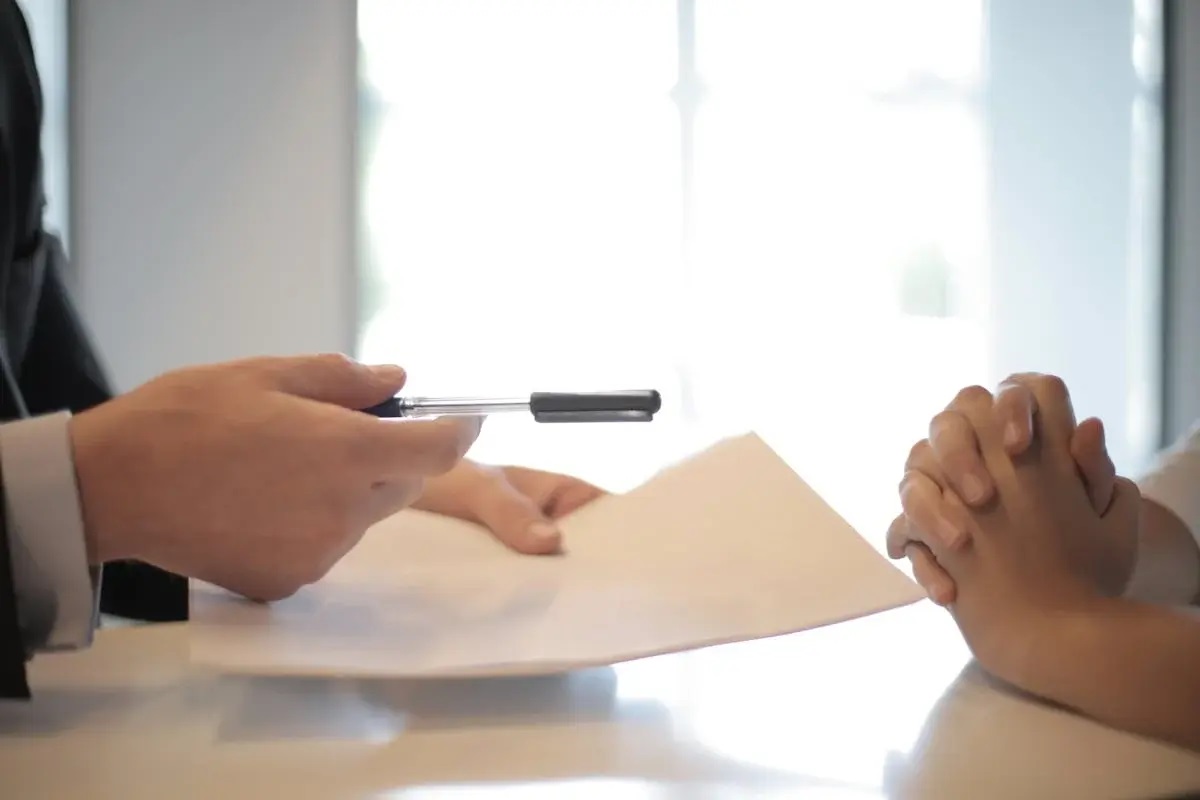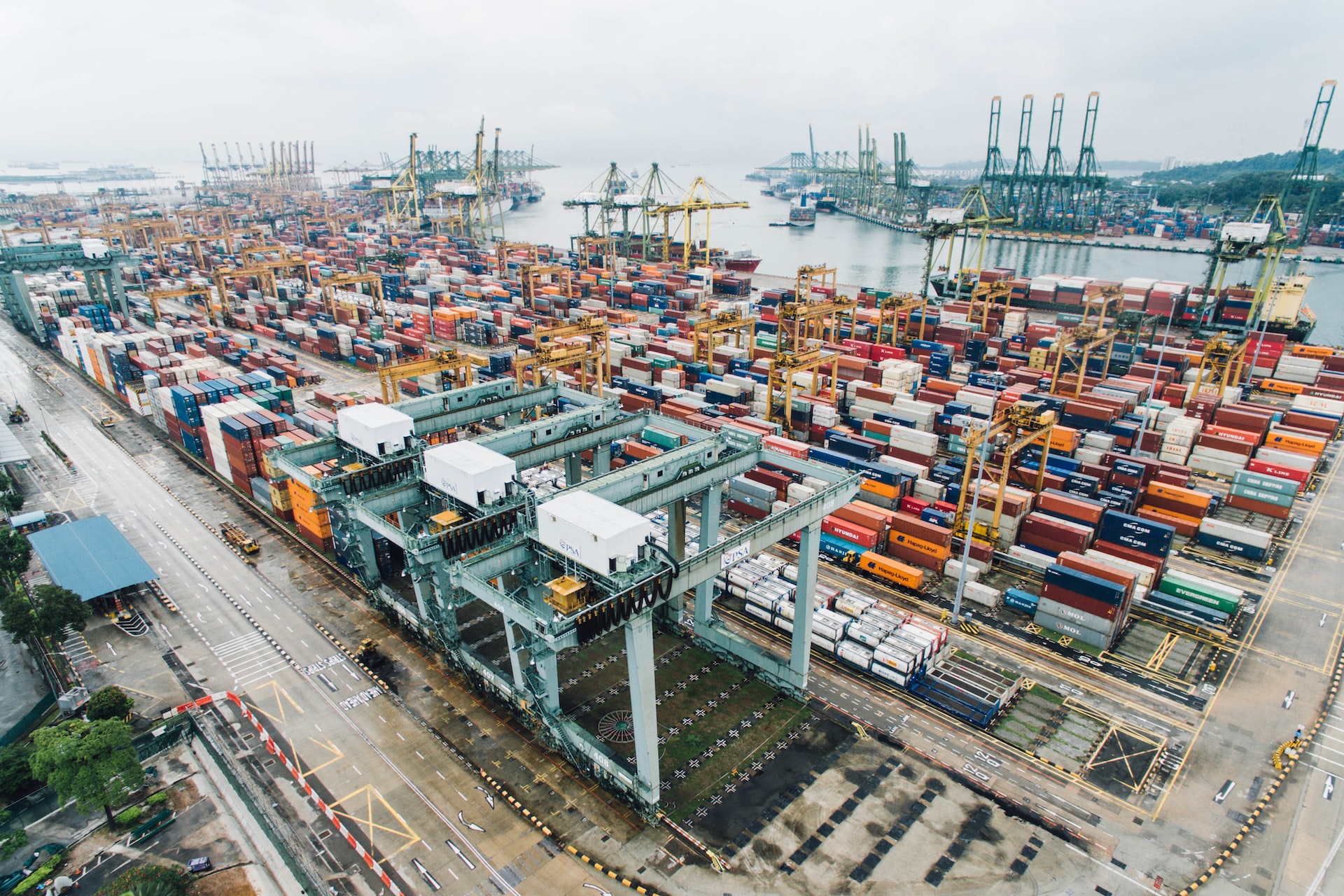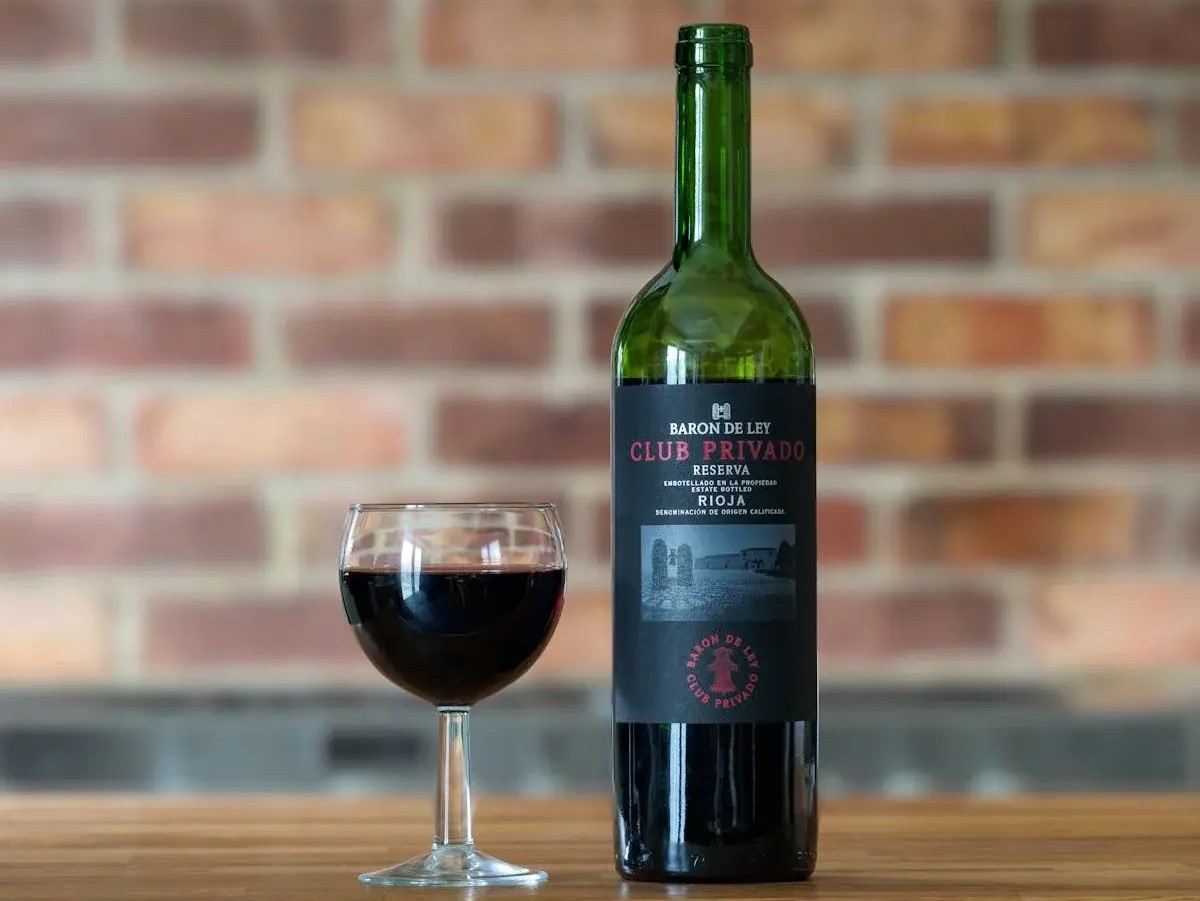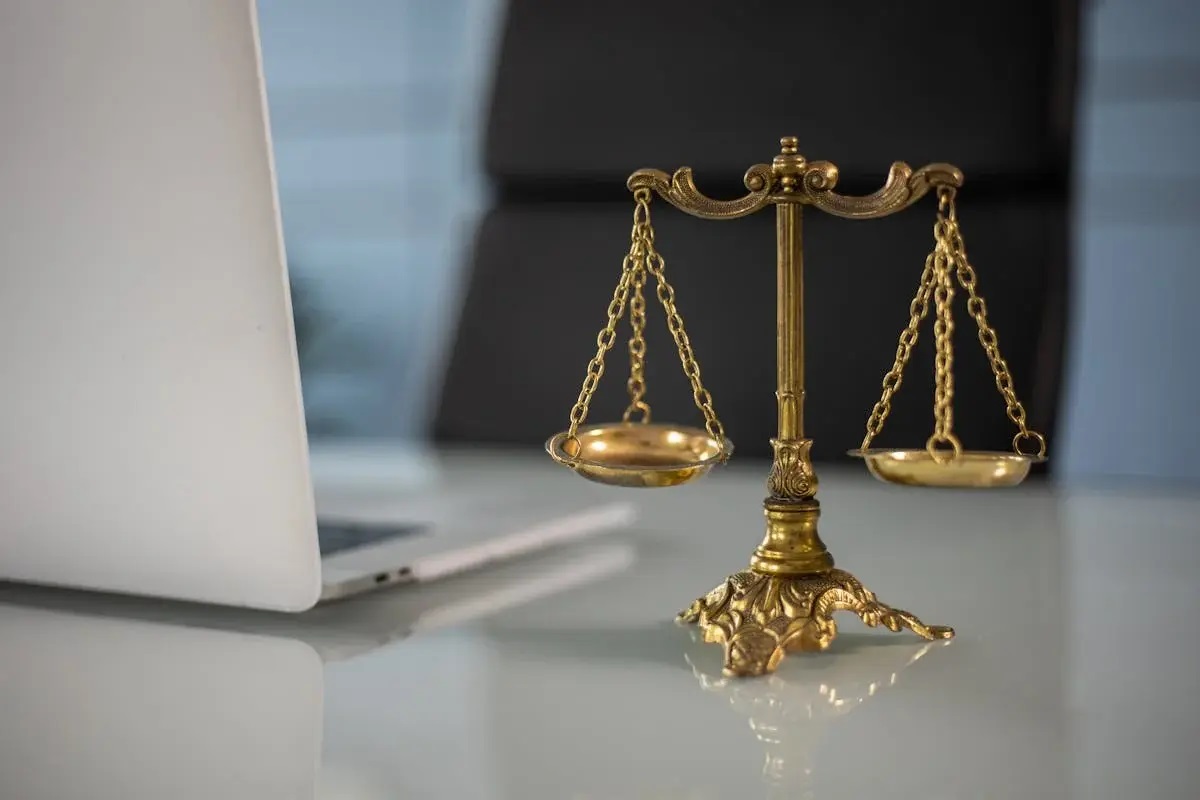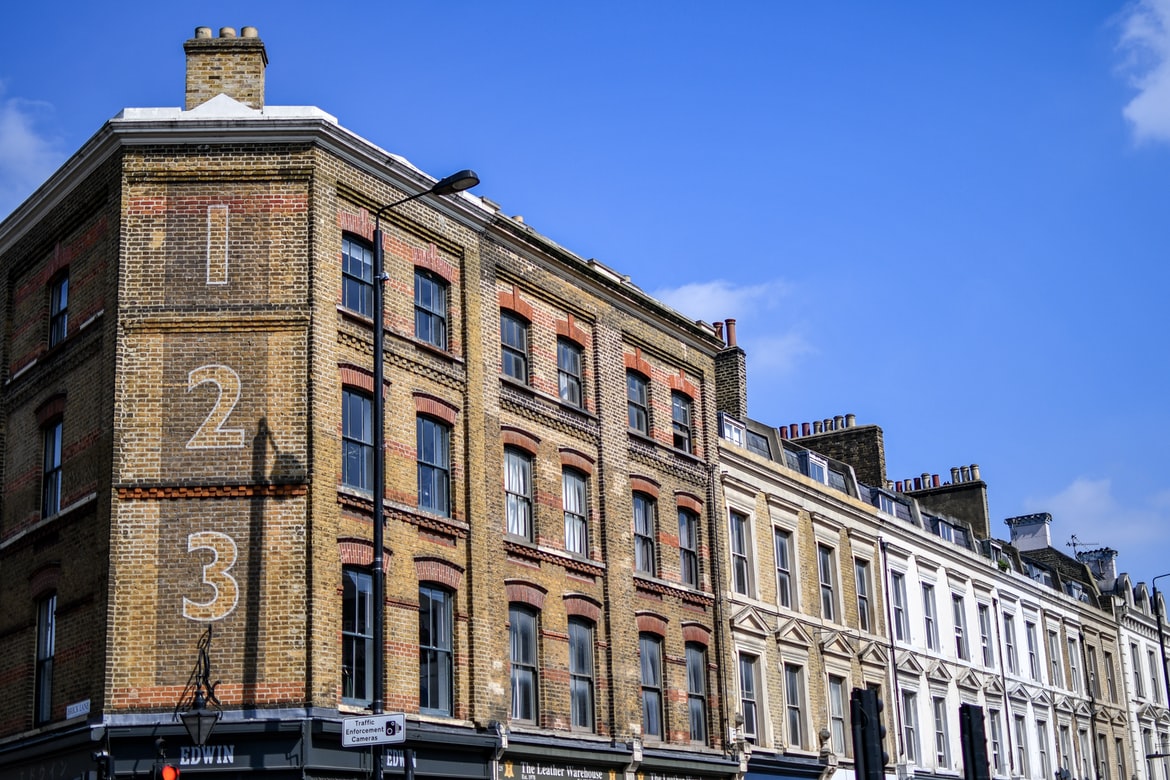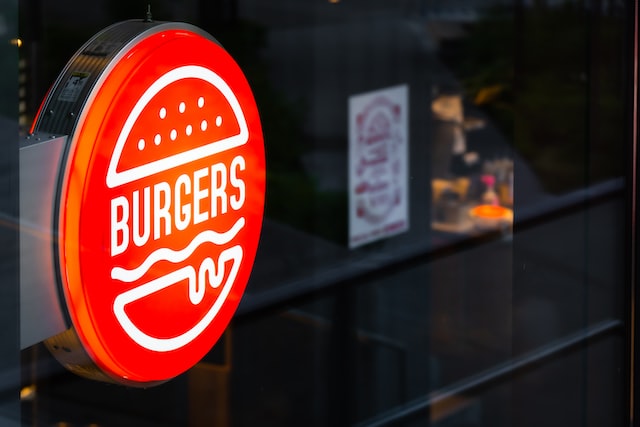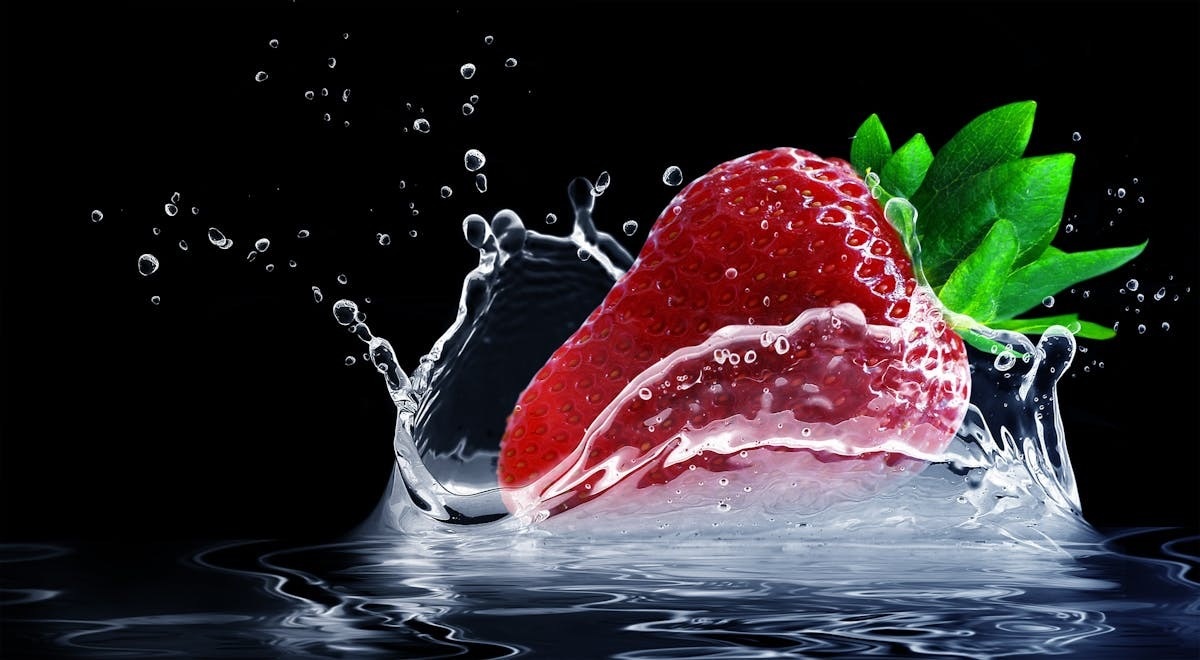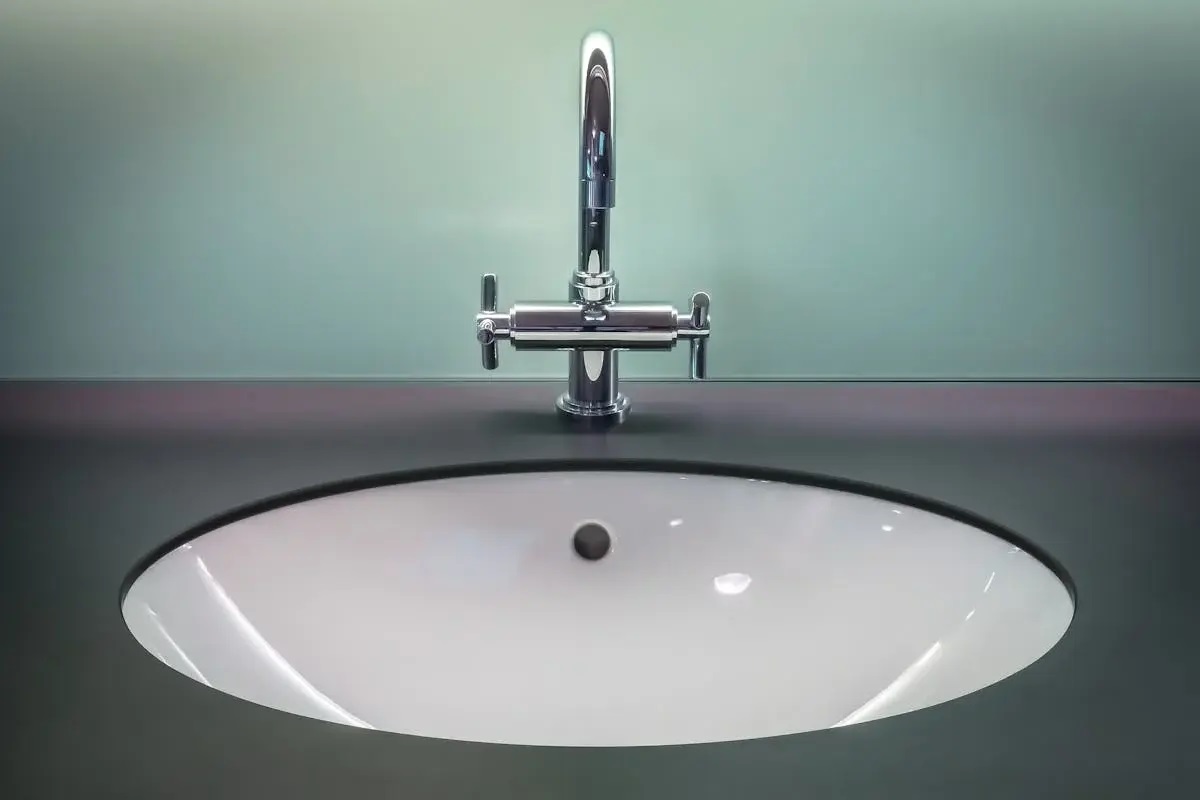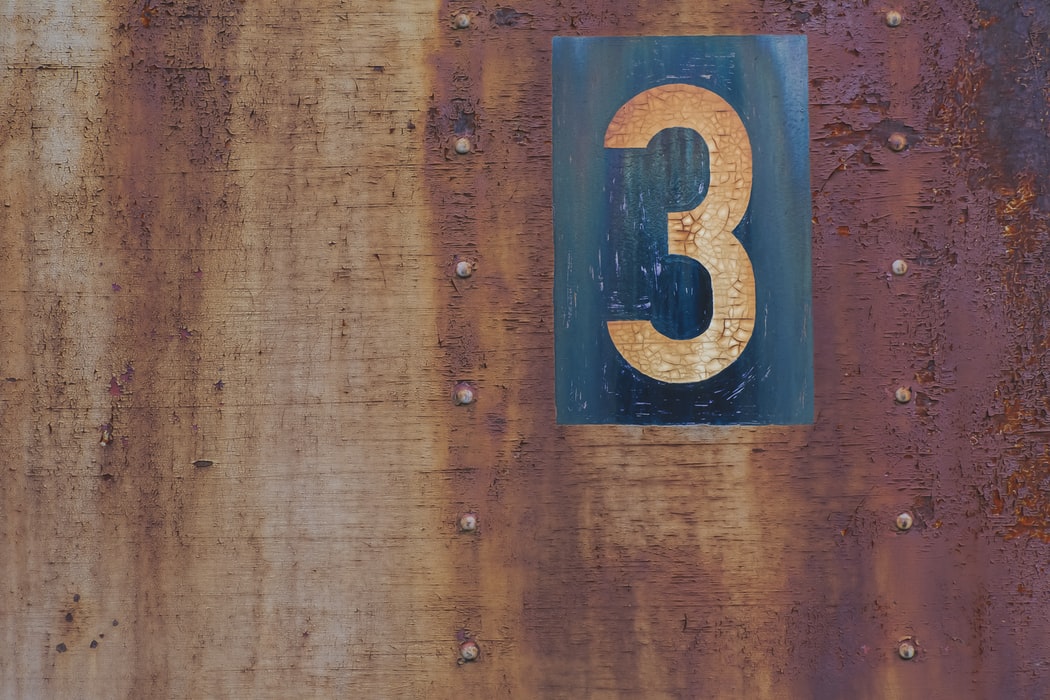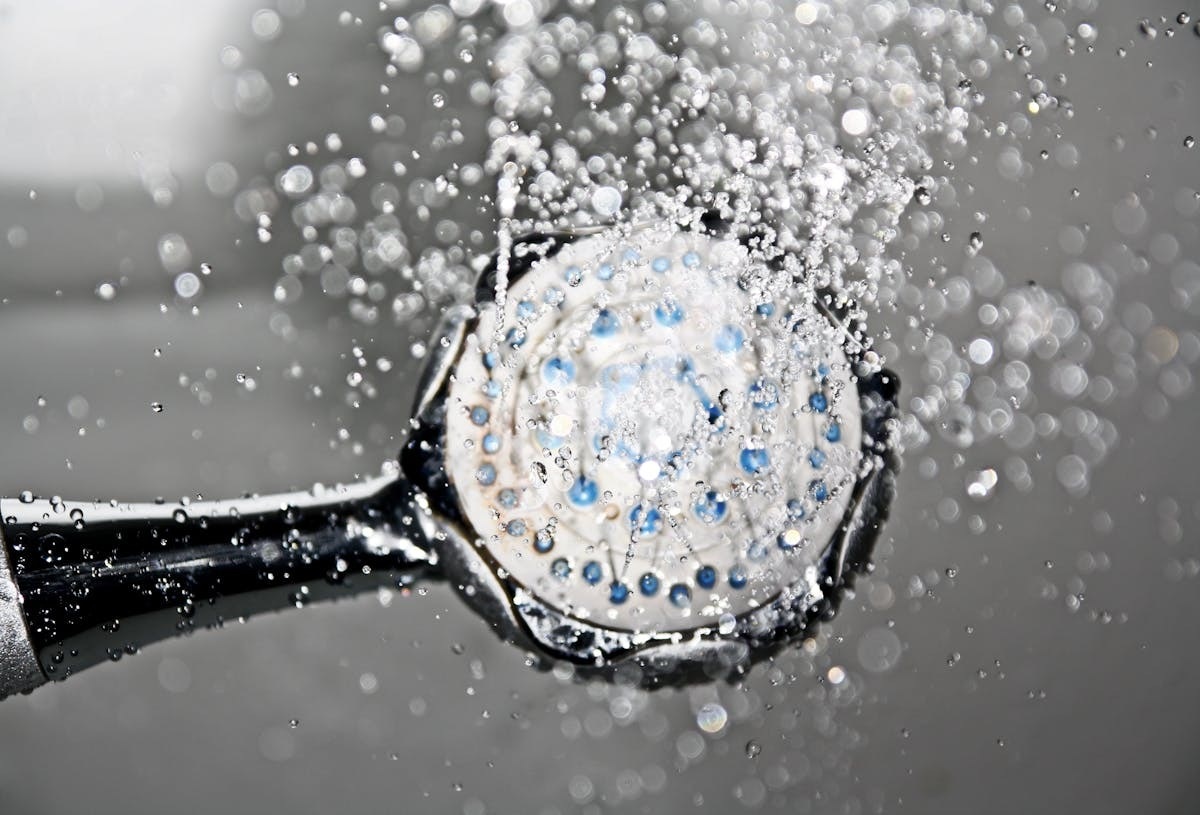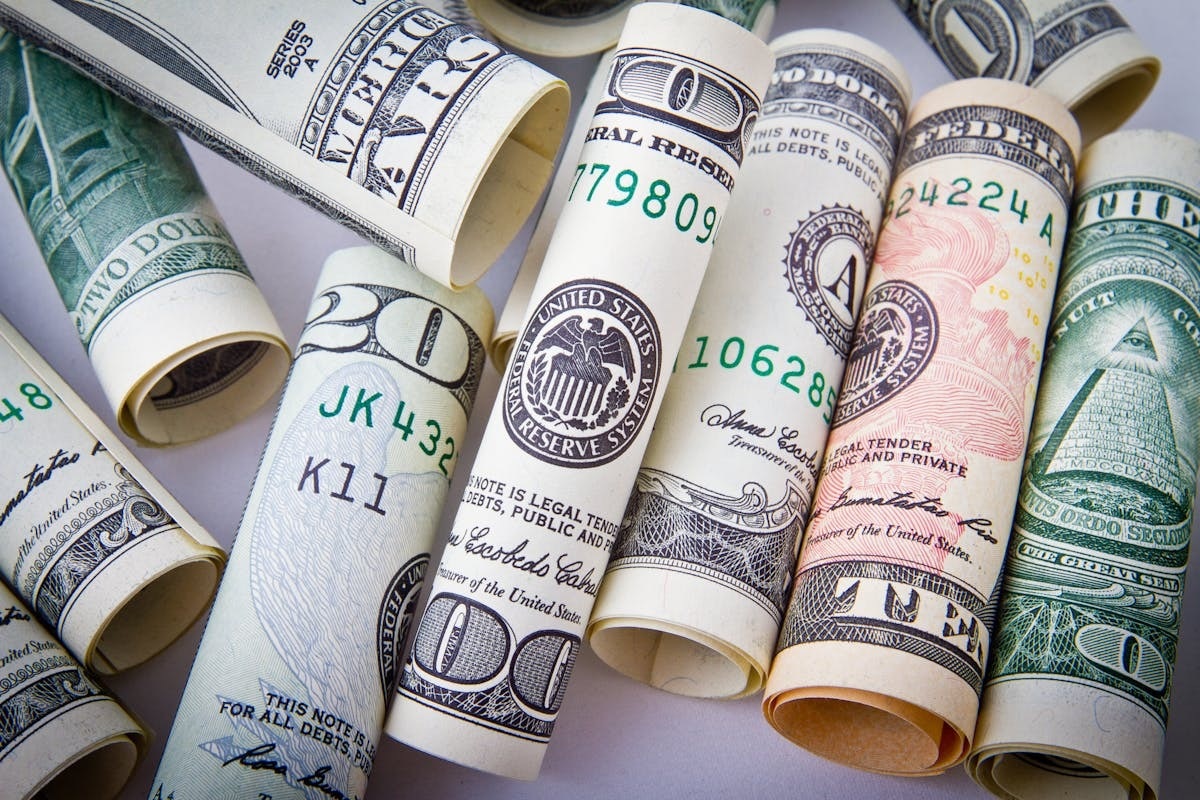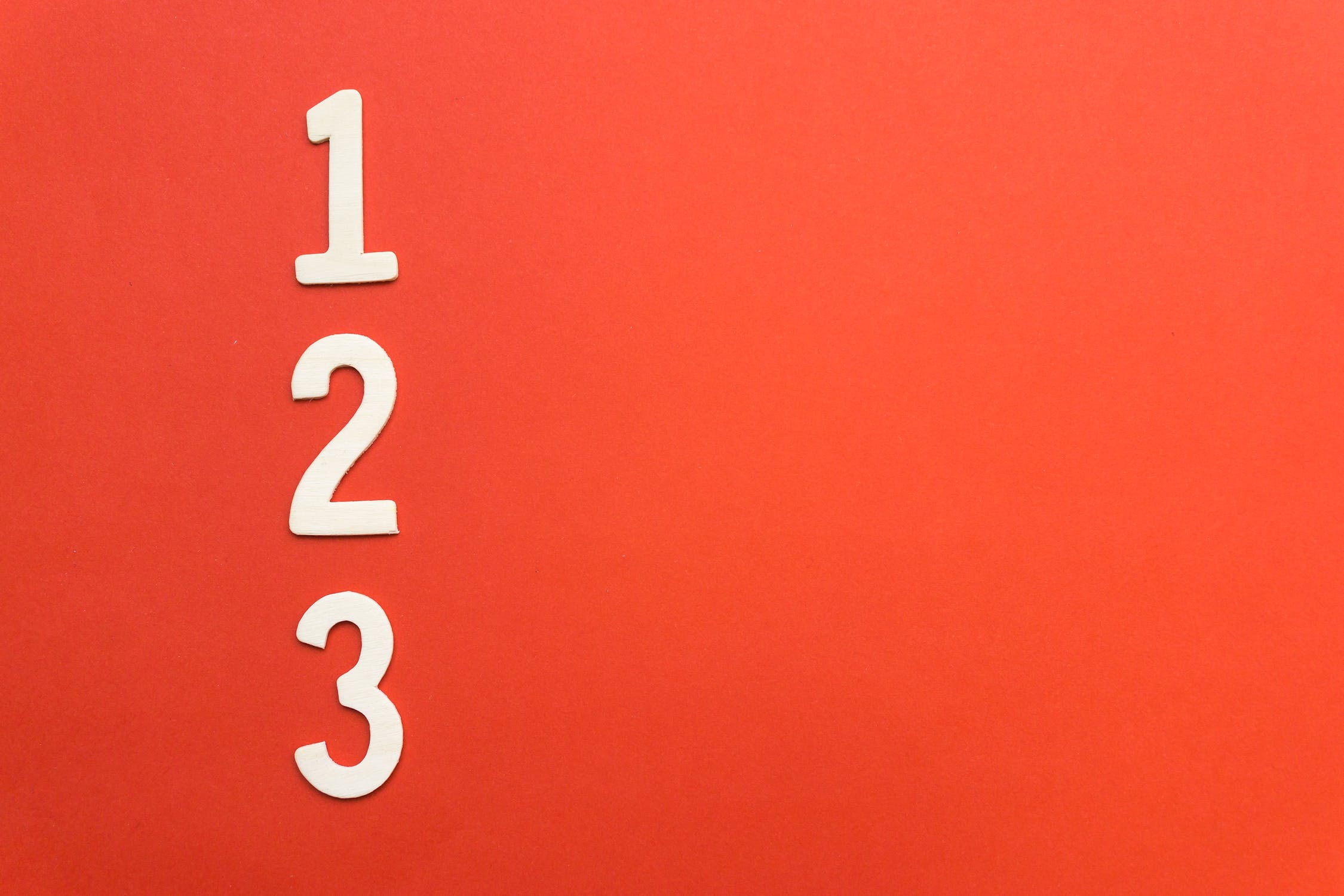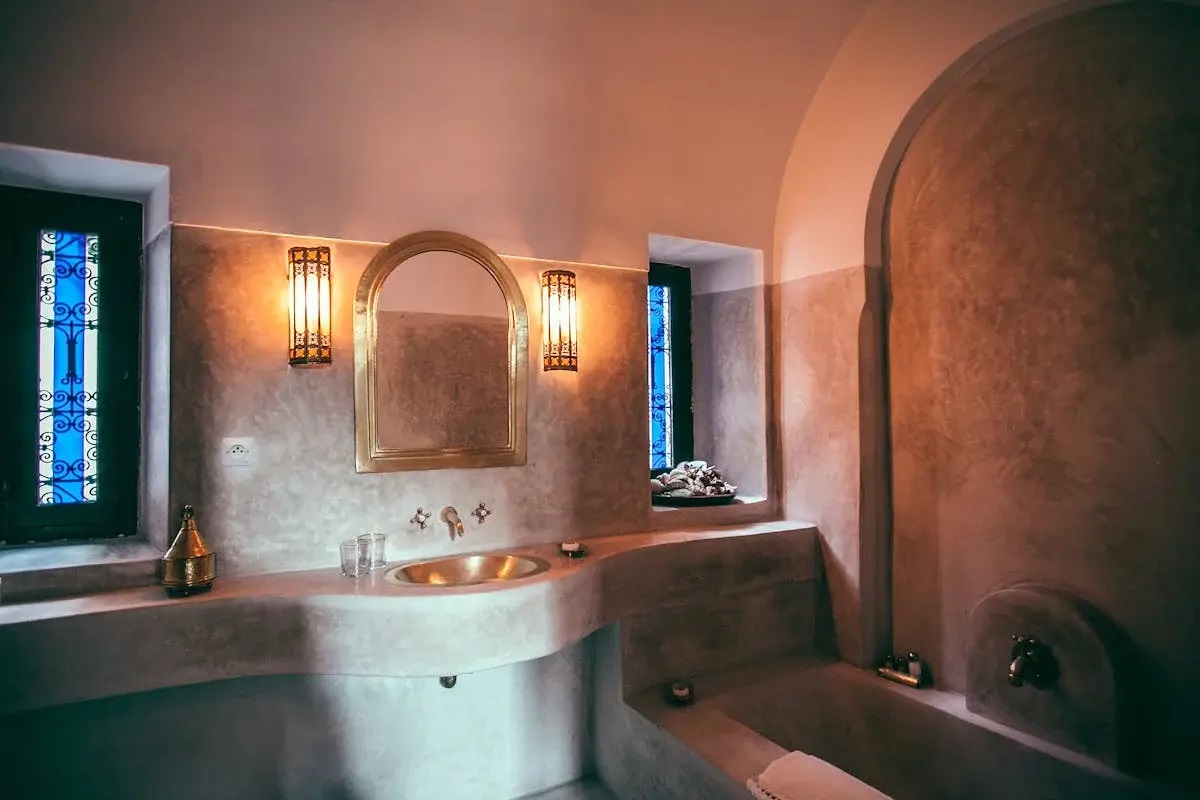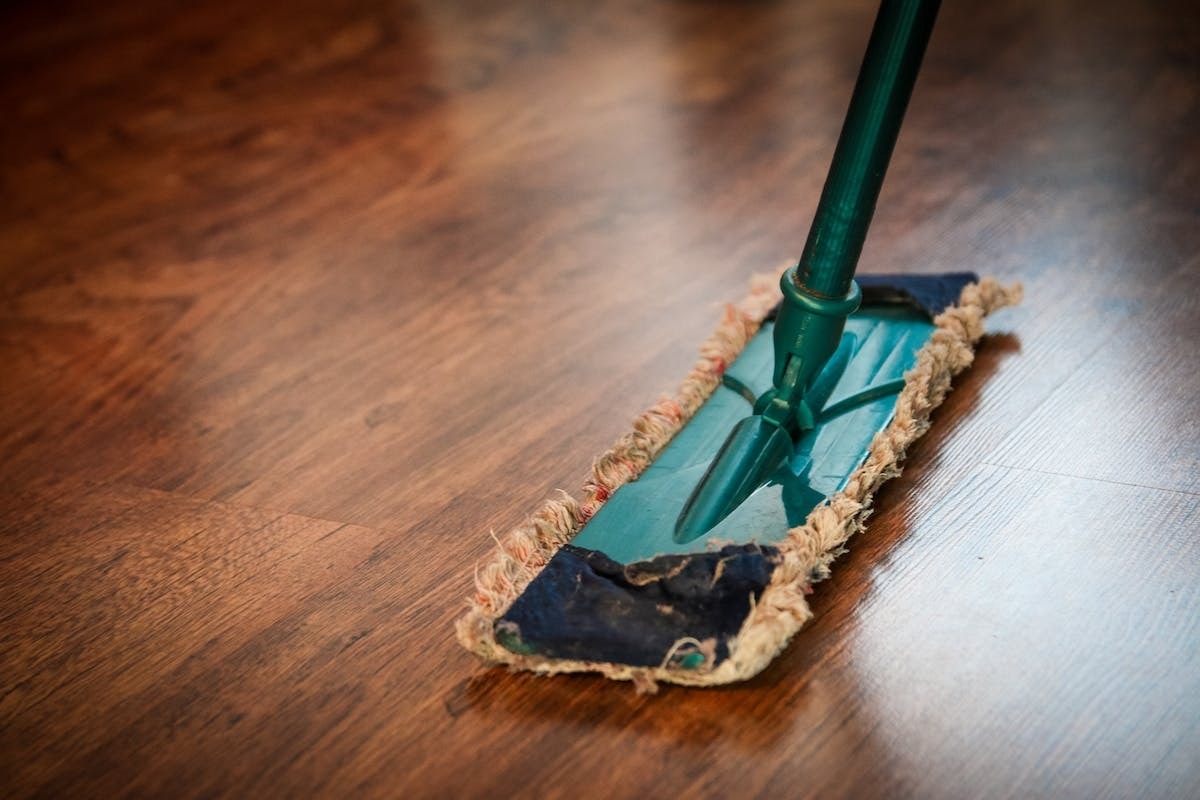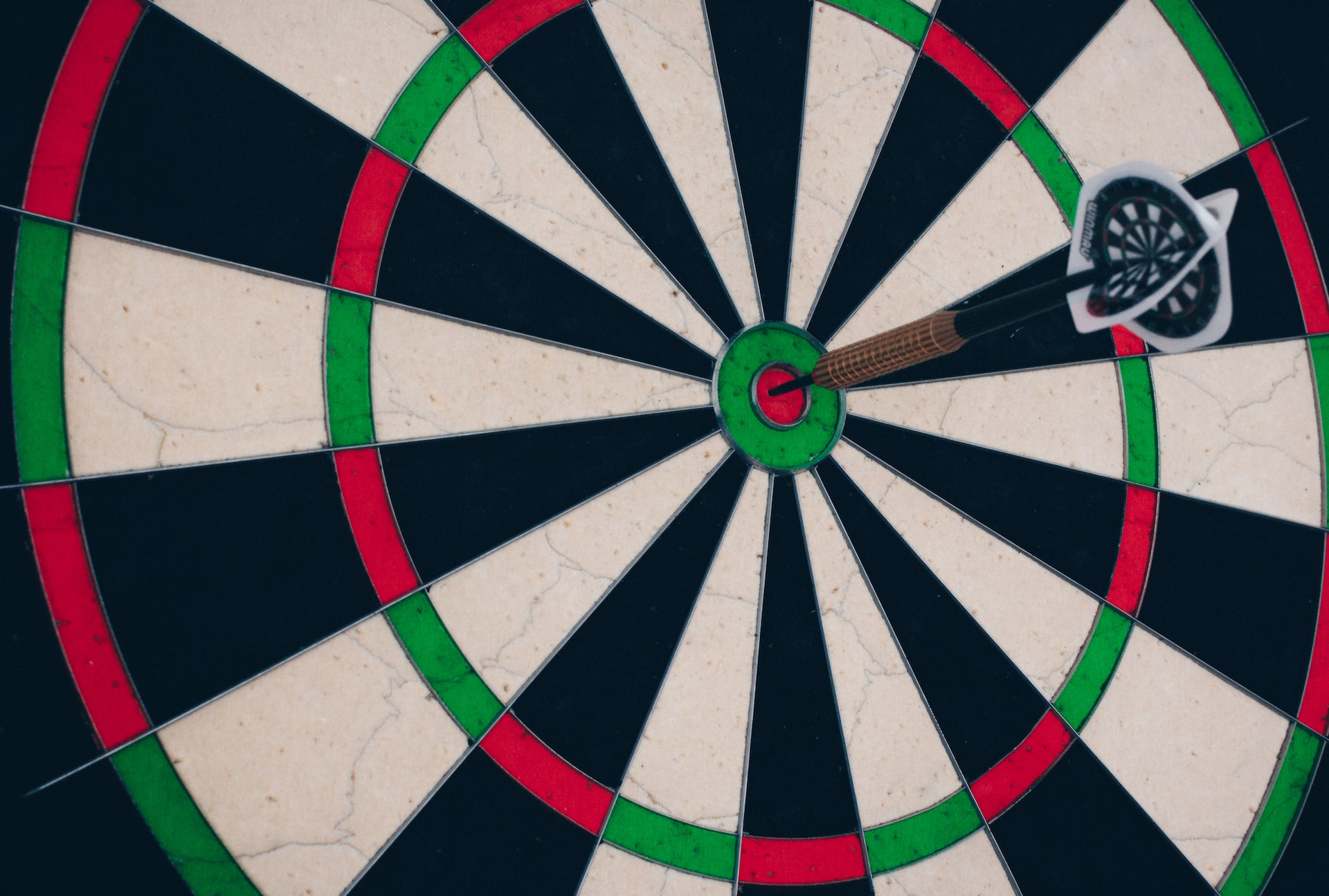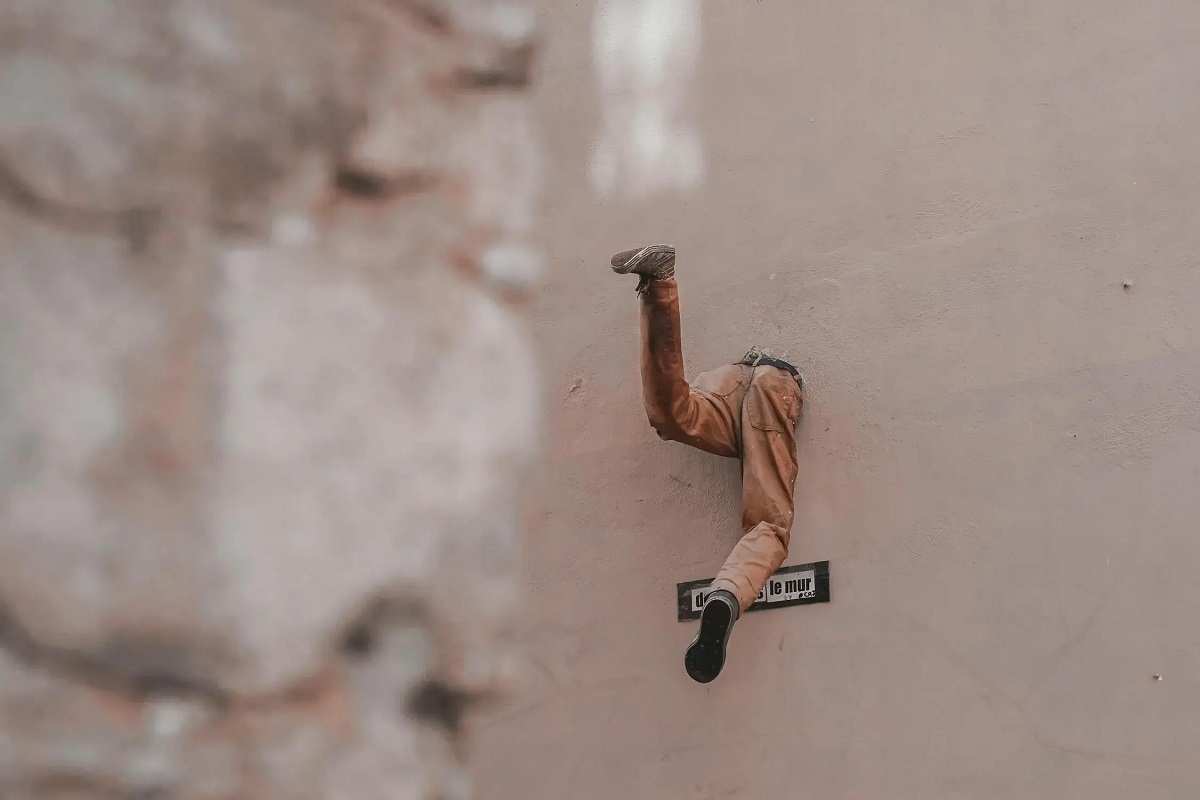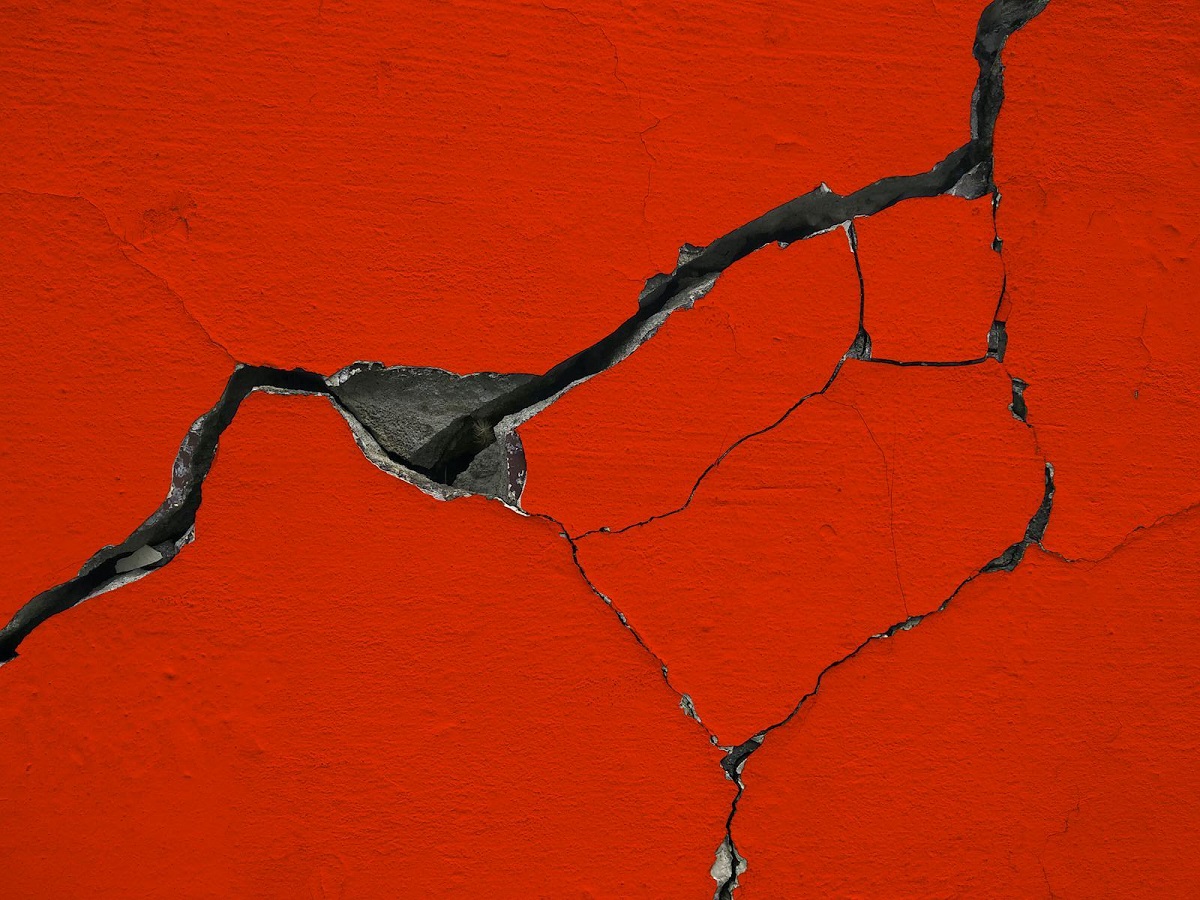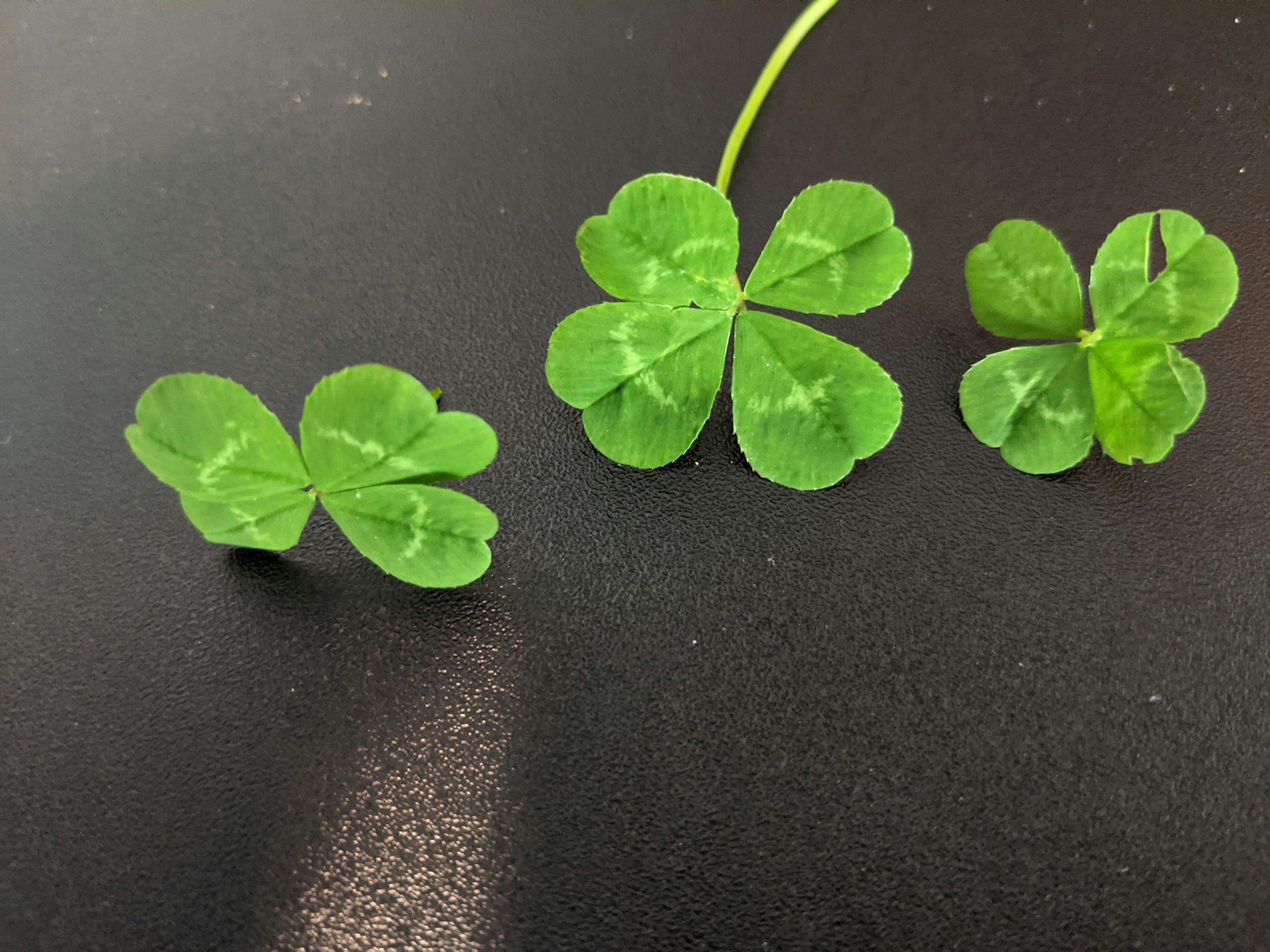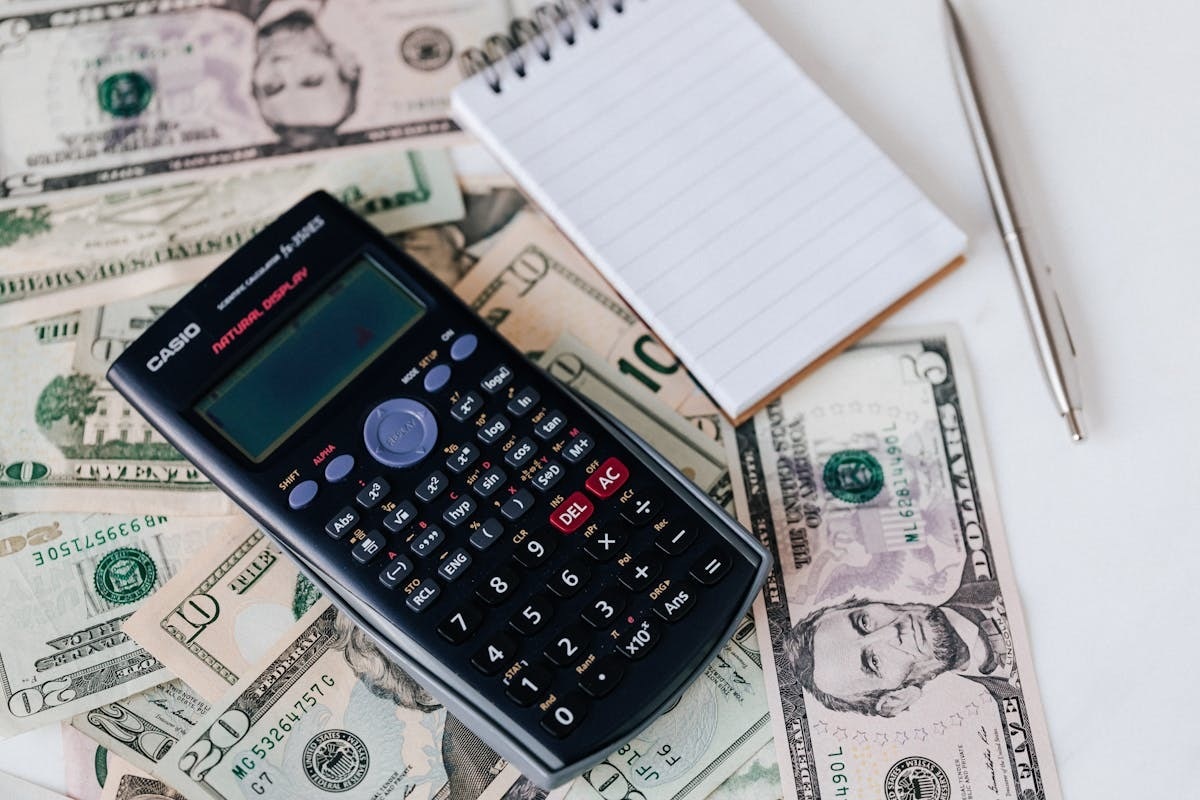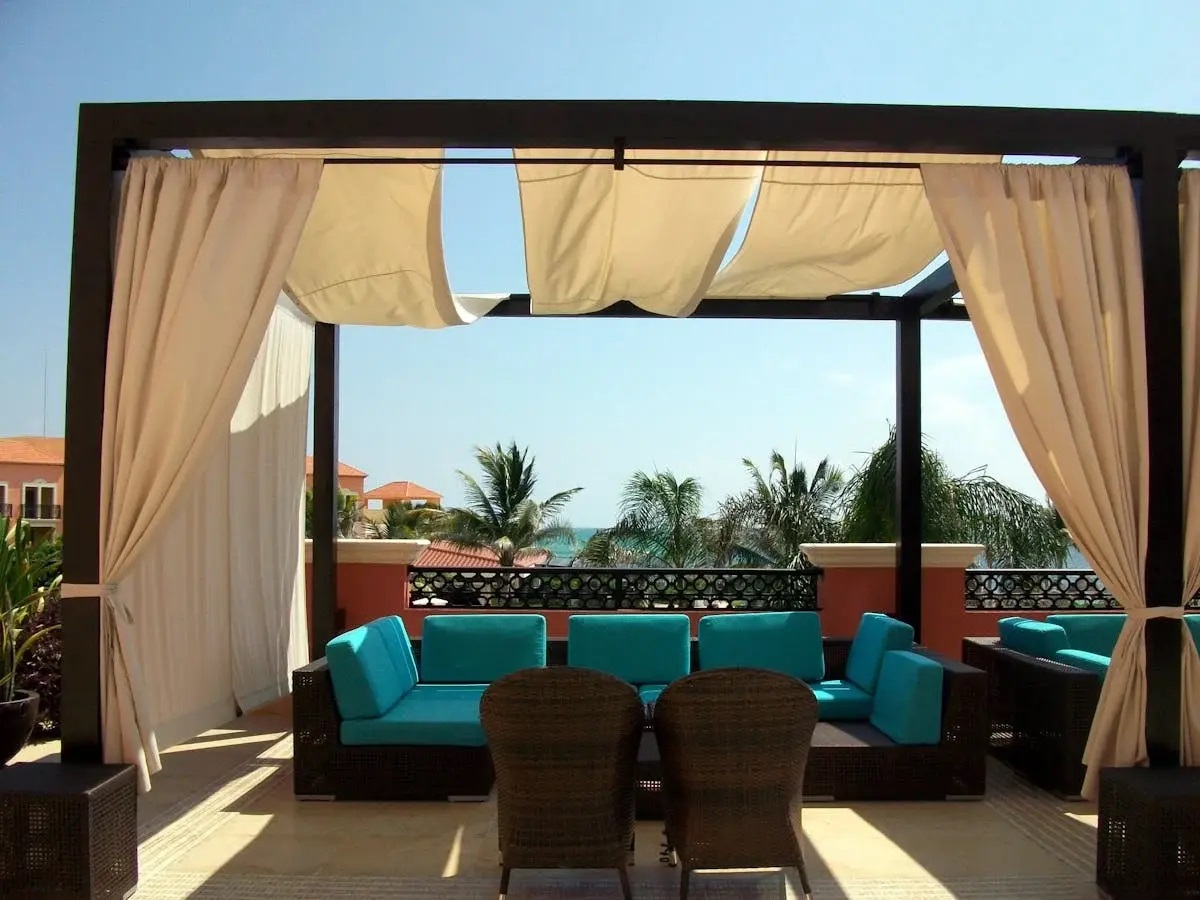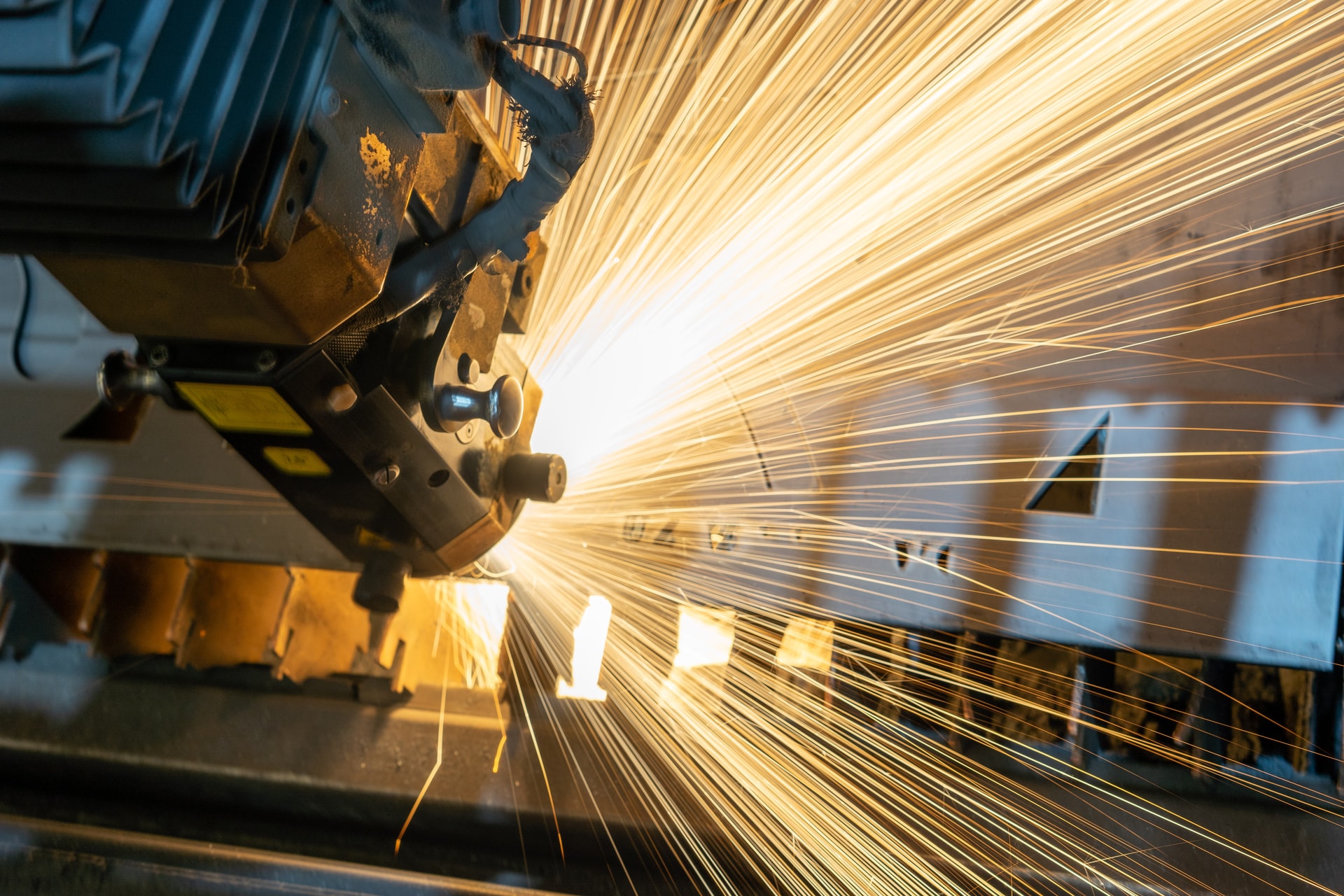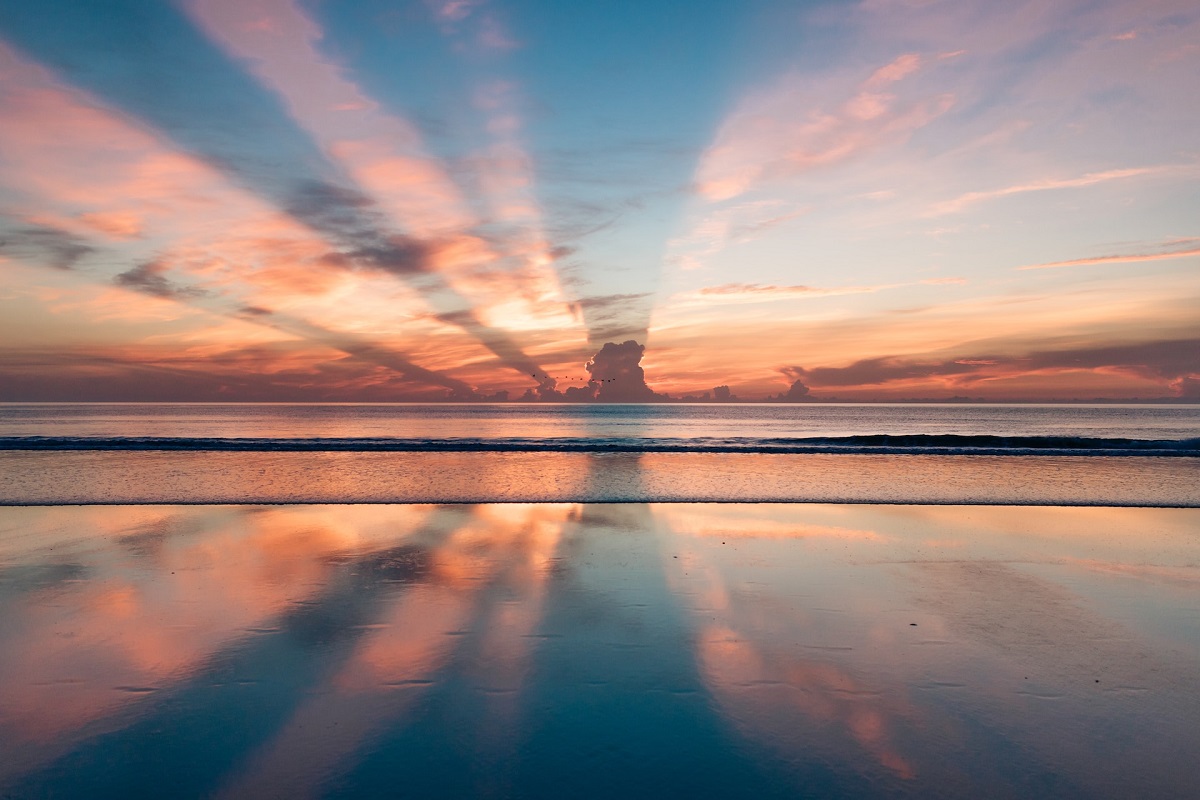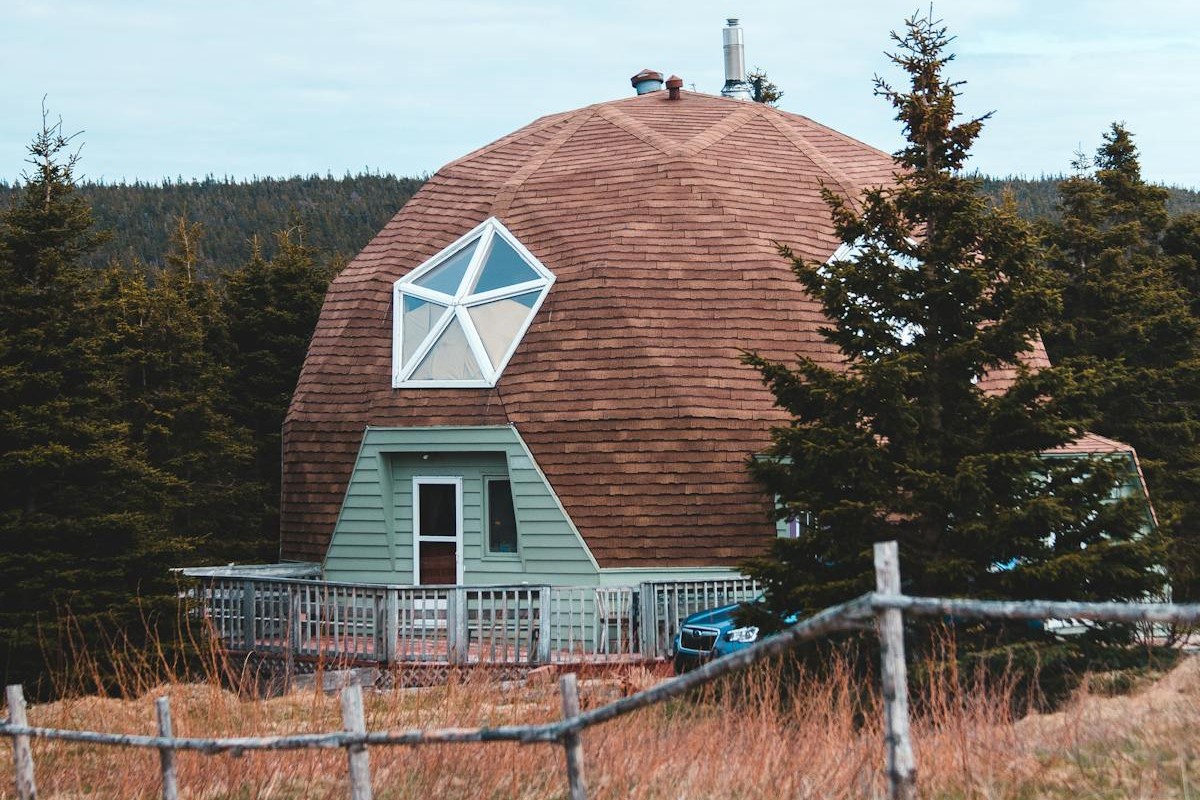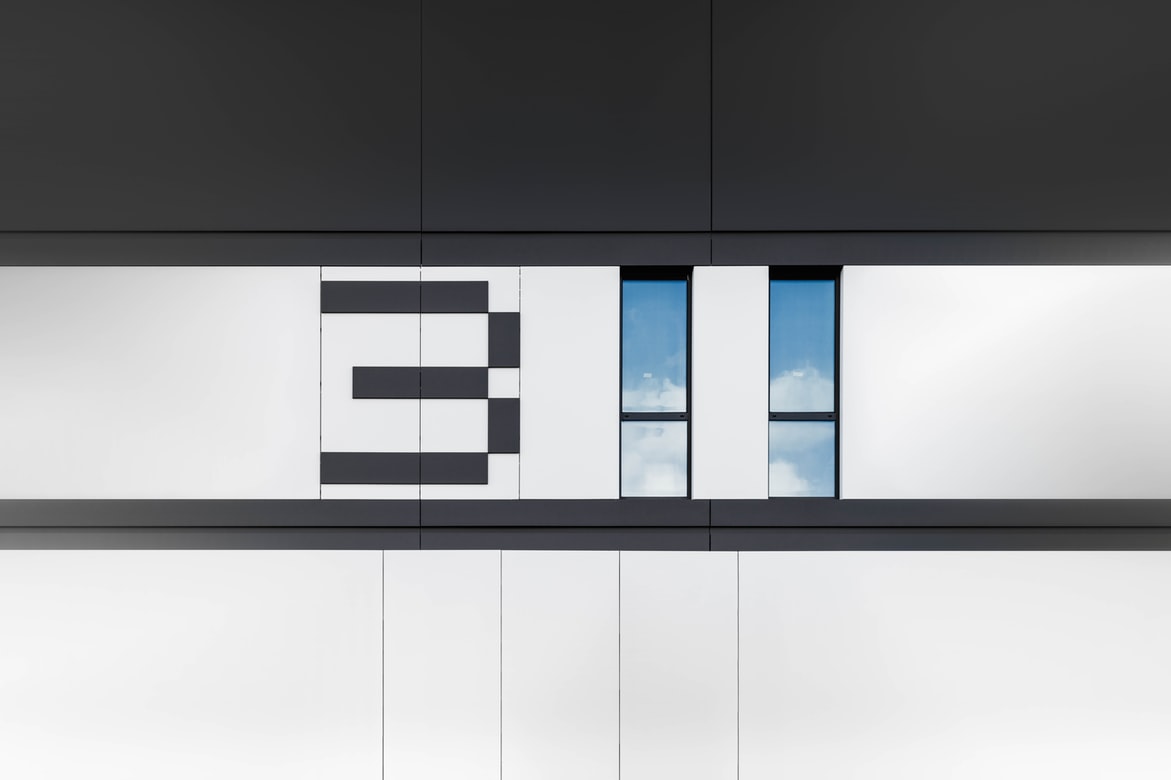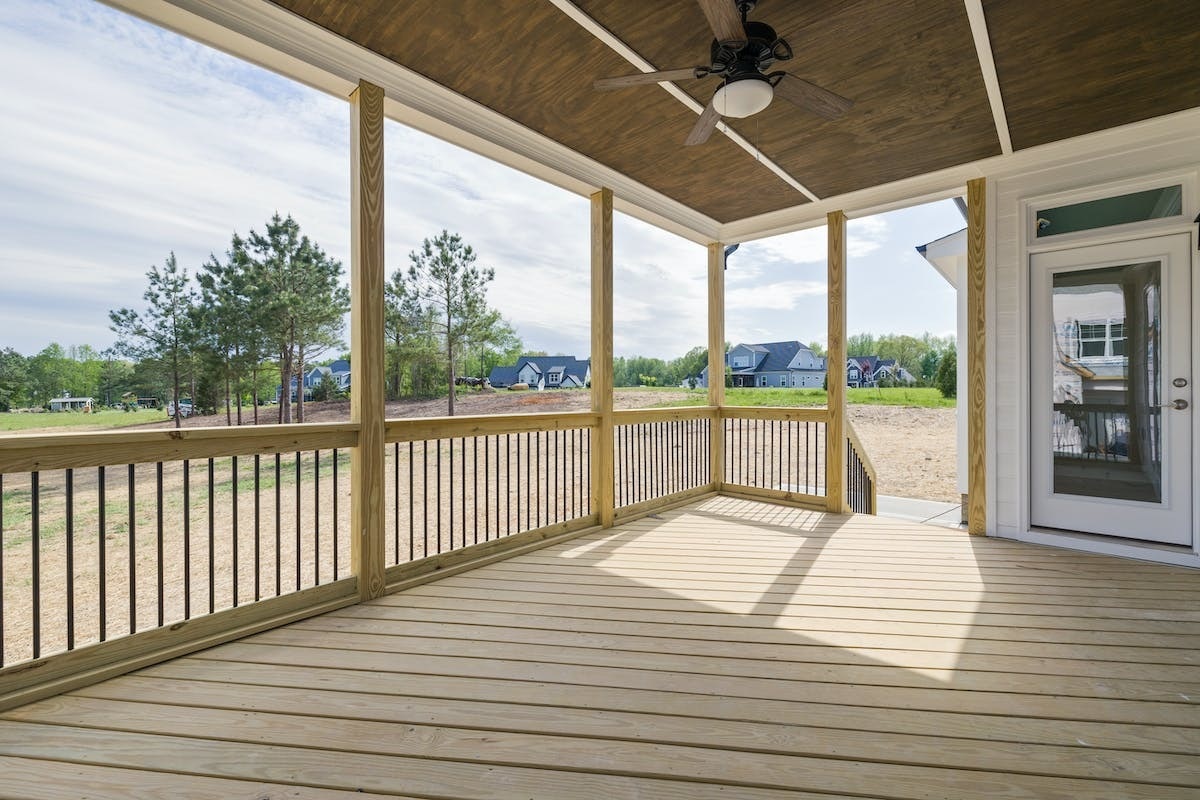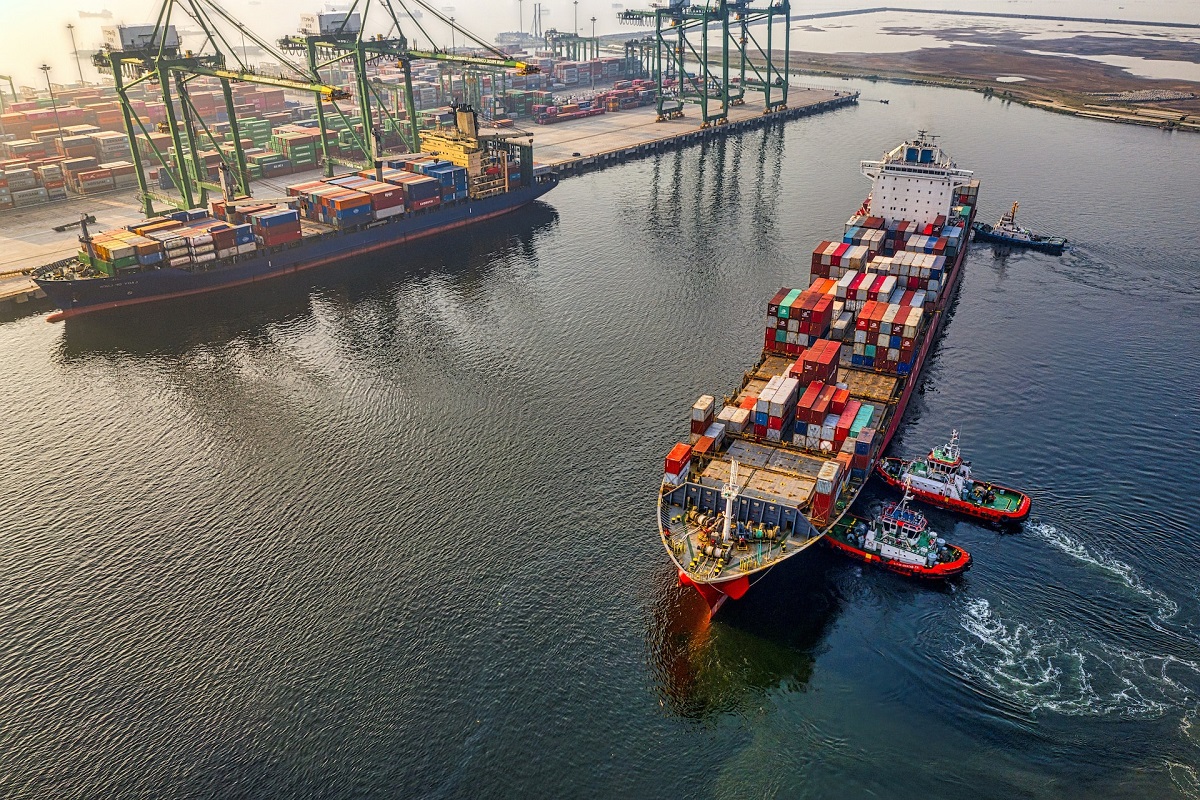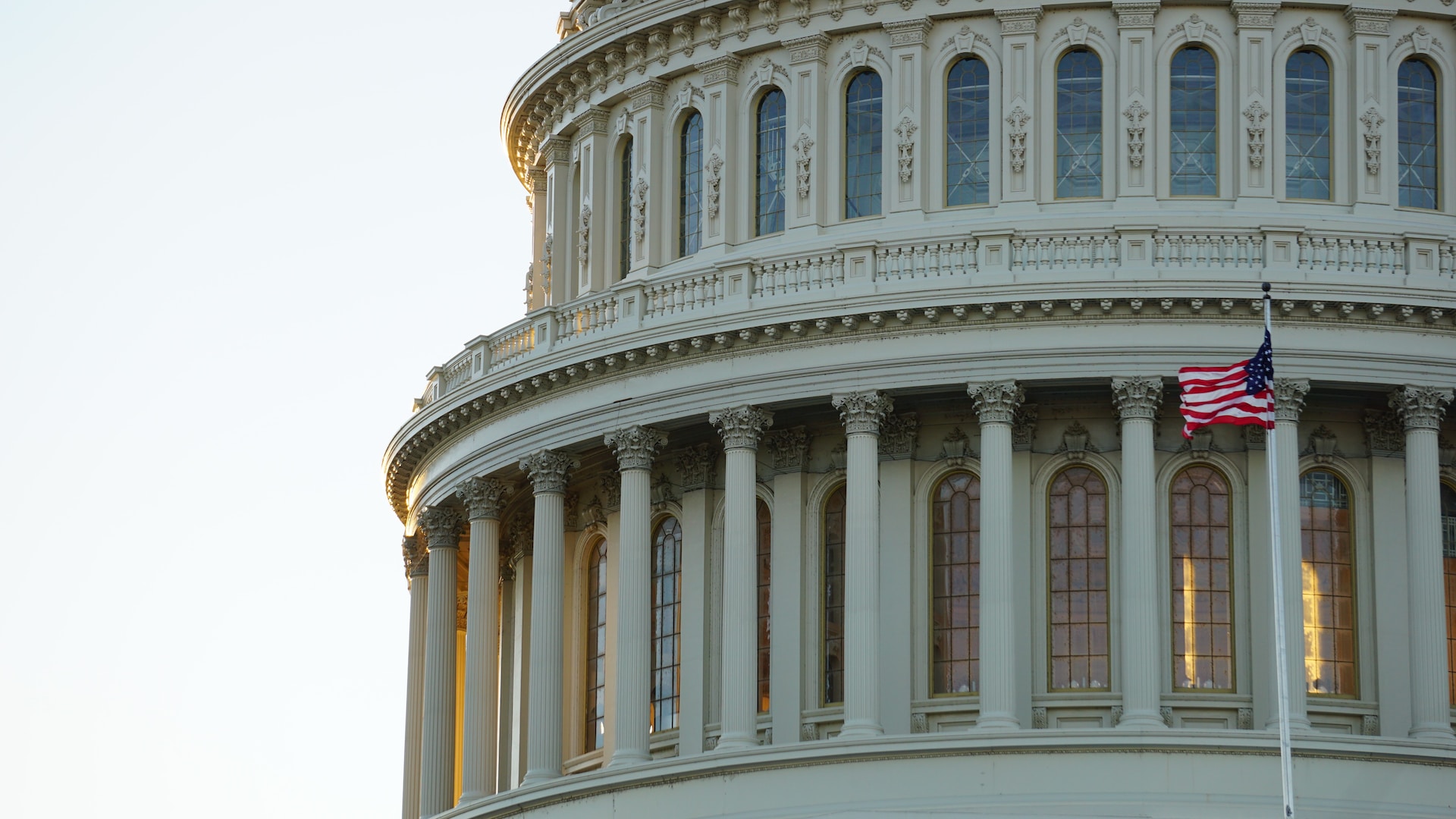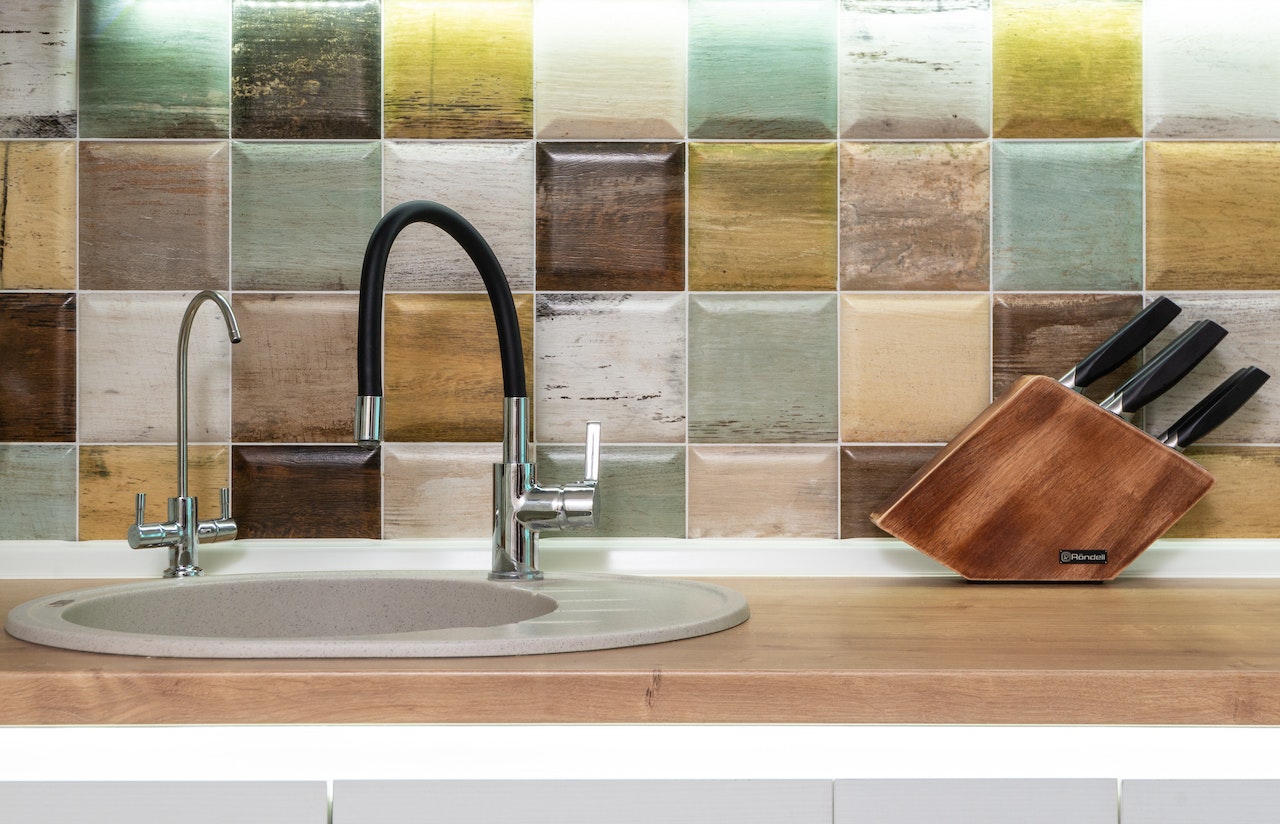
Choosing a stylish, practical backdrop for the walls behind your countertops
___
Published Date 9/22/2022
Aside from choosing a countertop material, selecting the backsplash for your kitchen, bathroom, or laundry room is no small matter. Just as significant as choosing tiles for the shower or hardwood for the floor, it's important to take your time selecting backsplash material because it will be a permanent part of your decor—especially your kitchen — for years to come.
The Spruce’s Timothy Dale puts it this way: “A rushed decision can leave you with an unattractive aesthetic that you have to look at every time you're cooking, baking, cleaning up, or just heading to the kitchen to grab a snack. In order to make the best decision about the backsplash material and design for the kitchen, you should try to gain a better understanding of the various backsplash tile options.
He outlines a few benefits and drawbacks of each type, along with key factors that can help you choose a kitchen backsplash material that you won't regret. But first, back to the basics. Dale defines a backsplash as a waterproof vertical surface intended to protect the wall behind the stove or countertop in the kitchen or bathroom. Tiles are typically arranged in an attractive pattern to accent or blend into the aesthetic of the home, while preventing oil, water, food, and soap from staining or damaging the walls.
Dale names the most common types of backsplash, including countertop materials, ceramic and porcelain, glass, metal, and natural or manufactured stone.
Many homeowners make it simple by choosing a backsplash that matches their countertops. “When solid surface or quartz countertops are fabricated, often a piece is sliced off and used on the back of the countertop as a backsplash,” says Dale. “This type of like-material backsplash quietly steps back and does its job with little fanfare. It blends into the countertop and can be thought of as being part of the countertop. It's a sleek, integrated look that fits in well with contemporary kitchens.” He adds that because this type of backsplash material is primarily bonded to the countertop, not the wall, the seam between the counter and backsplash is waterproof. Good choice.
Ceramic and porcelain tiles are made with a clay mixture and fired in a kiln at a high temperature to create a wide variety of colors and patterns. They are among the most popular options due to the low cost, lasting durability, and high functionality, although installation requires more skill and experience to install than simple stick-on tiles. The main difference between the two types of tile is that porcelain uses a more refined clay, and it's fired at a higher temperature, which increases the density and durability of the tiles.
Glass tile is almost like adding jewelry to your wall surfaces. It costs more than installing porcelain or ceramic (it’s no DIY project), but it’s even easier to keep clean. Additionally, glass tiles have a range of color options that won't fade over time and the nonporous material helps to prevent stains or discoloration.
Metal backsplash tiles (reminiscent of an industrial look) are fairly new, so it’s unknown as to their design staying power over the long run. These tiles stick directly to the wall with an adhesive, making them easier to install than most other options, though the cost is still higher than porcelain or ceramic. As interesting as they appear, metal tiles are highly susceptible to scratches and other abrasive damage. Some metals may not react well to acidic foods. Copper tiles, beautiful at first, eventually will tarnish or take on a patina you may not have intended.
Natural stone tile, like travertine, is a good but more expensive choice. Travertine has a rough, natural style as a result of being manufactured using limestone, though this porous material is typically filled in and honed until it has a smooth surface. Beyond the unique aesthetic style, these tiles may not be an appealing choice because they require a high level of maintenance, including regular cleaning and periodic sealing, to prevent stains and discoloration, according to Dale.
Manufactured stone now comes in many brands, but the idea behind them began with a product made by DuPont in the late 1960s called Corian. Made of acrylic resin and natural minerals, Corian became the only popular continuous surface counters for a few decades, until other companies jumped on the bandwagon. Since then, granite, quartz, quartzite, and porcelain have been used for both countertops and backsplashes all over the country.
Replacing an entire kitchen backsplash is always a good option if the damage to tiles or grout is widespread. It also offers you the freedom to change up the look, style, and even the backsplash material, so you can find the best option for your kitchen or bathroom.
If you are a DIYer, however, consider the installation difficulty of the various backsplash types before deciding on a material. “Most backsplash materials need to be secured to the wall with grout, similar to shower tiles,” says Dale. “This process also involves cutting the tiles to fit the exact space and is typically handled with a wet tile saw. You can find peel-and-stick tiles to complete your kitchen backsplash, but these materials are usually lacking in quality and durability.”
TheSpruce, TBWS
All information furnished has been forwarded to you and is provided by thetbwsgroup only for informational purposes. Forecasting shall be considered as events which may be expected but not guaranteed. Neither the forwarding party and/or company nor thetbwsgroup assume any responsibility to any person who relies on information or forecasting contained in this report and disclaims all liability in respect to decisions or actions, or lack thereof based on any or all of the contents of this report.
First
Priority Home Loans is a DBA of Anchor Funding, Inc. NMLS #236419 &
1626581. California
Bureau of Real Estate,
Real
Estate Broker Number 01276087. Loans made or arranged pursuant
to the
California Department of Business Oversight. California Finance Lenders Law
license number 603 L293.


Andre Enriques
Branch Manager/Mortgage Lender
NMLS: 220937
First Priority Home Loans
891 Kuhn Drive #204, Chula Vista CA
Company NMLS: 236419
Office: 619-323-2066
Cell: 619-208-6499
Email: andrefunds4u@sbcglobal.net

Andre Enriques
___
Branch Manager/Mortgage Lender
NMLS: 220937
Cell: 619-208-6499
Last articles
___
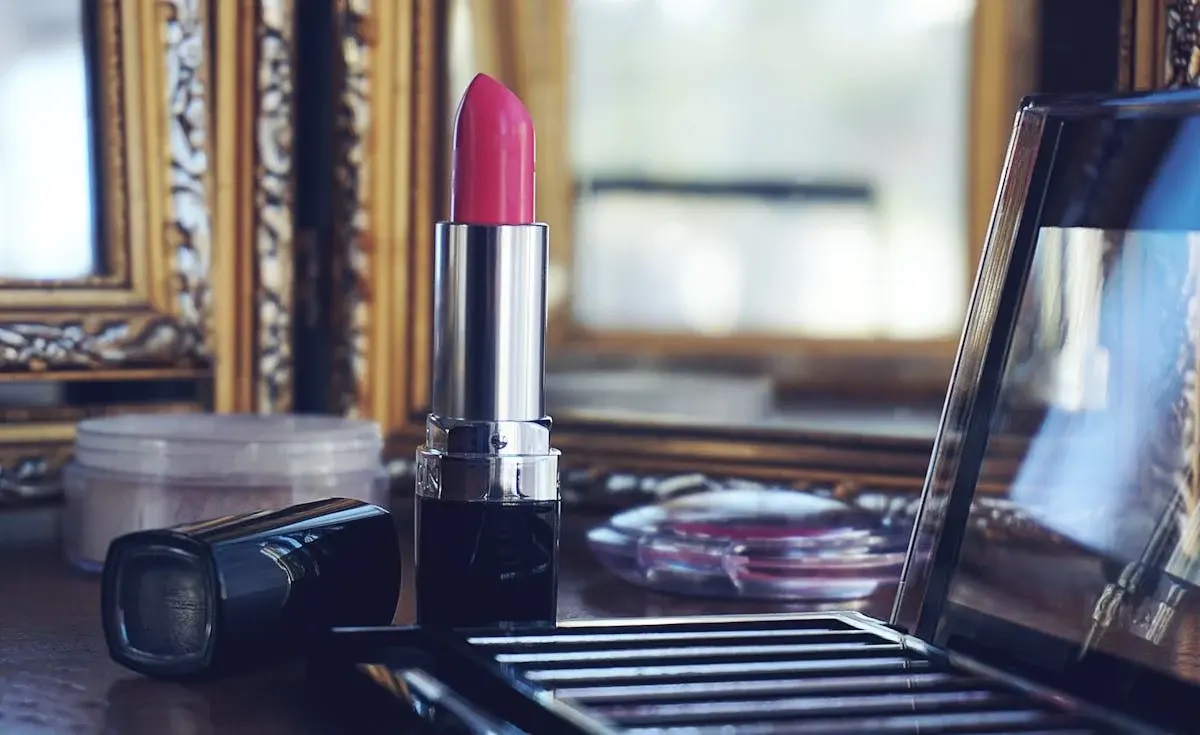
Lipstick on a pig? Some flips are a mess without their makeup
4/19/2024
Cosmetically all the hard work had already been done for them. What they didn’t ... view more

How to sabotage your own sale in a few easy steps
4/18/2024
This is fun, interesting information that everyone enjoys. Every report is a lit... view more

Labor data remains strong with low Initial Weekly Jobless Claims
4/18/2024
Initial Weekly Jobless Claims remained very low at 212K versus estimates of 215K... view more

Markets see a minor rebound
4/17/2024
Overnight a little volatility but well within the narrow range, the 10 year note... view more

Downsizing after retirement: A decision best made with careful consideration
4/16/2024
Retirement can be a happy time. Earning downtime not steeped in paychecks and li... view more
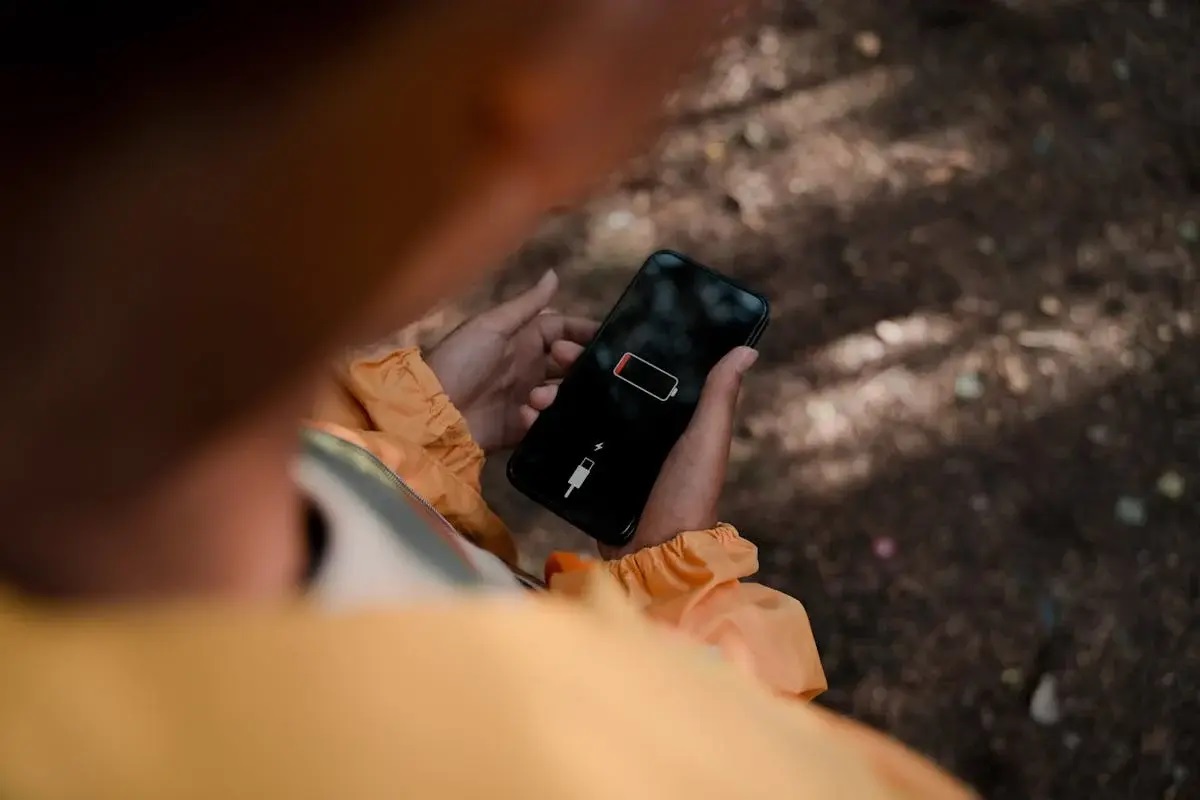
Rate cuts in 2024? There’s no ‘there there’ quite yet
4/15/2024
Inflation jumped in March, giving the U.S. Federal Reserve ammunition to hold of... view more

Three things that could impact rates this week
4/15/2024
These are the three areas that have the greatest ability to impact rates this we... view more
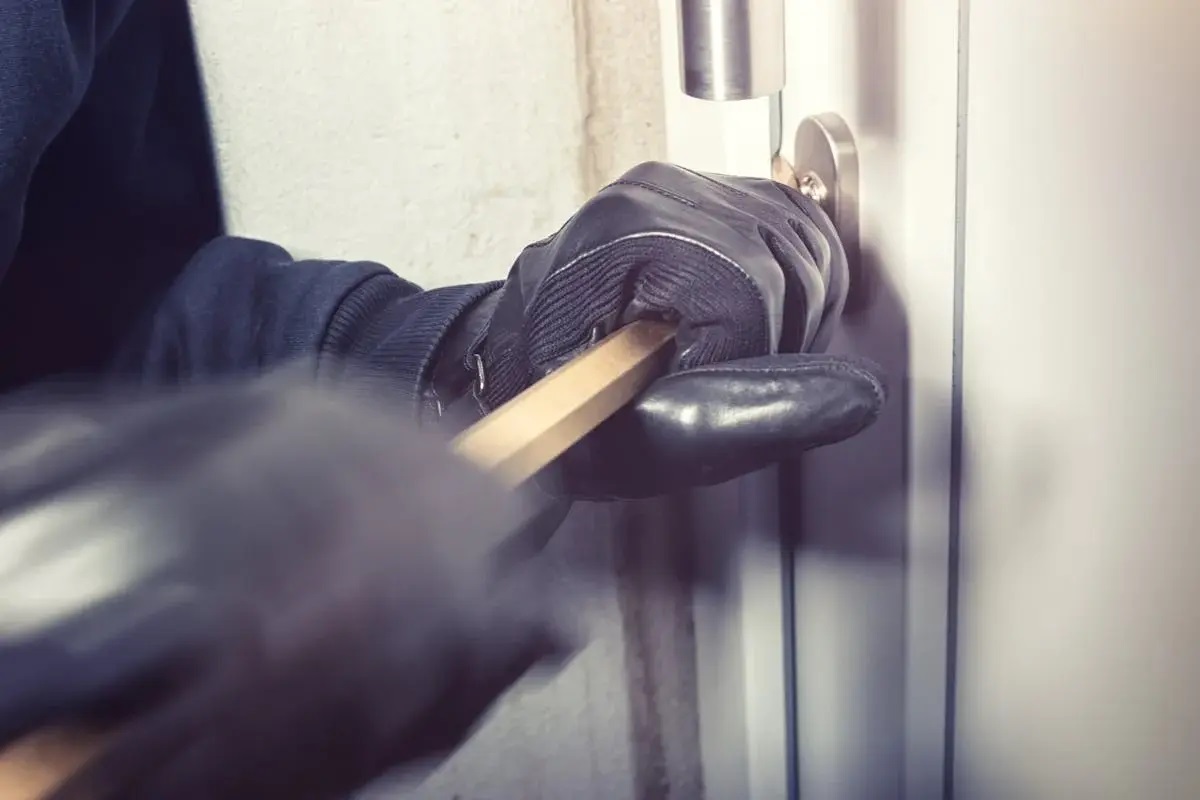
The squatting nightmare: what can you do to prevent it?
4/12/2024
Unless it’s in an abandoned ghost town, vacancy attracts. It invites. Plain and ... view more
Load more
 First Priority Home Loans
First Priority Home Loans

